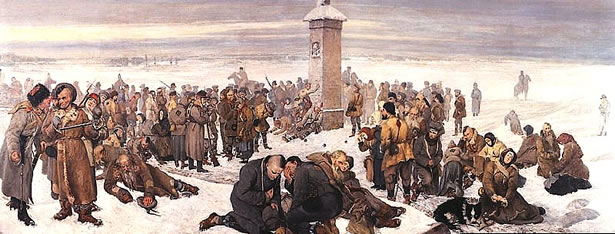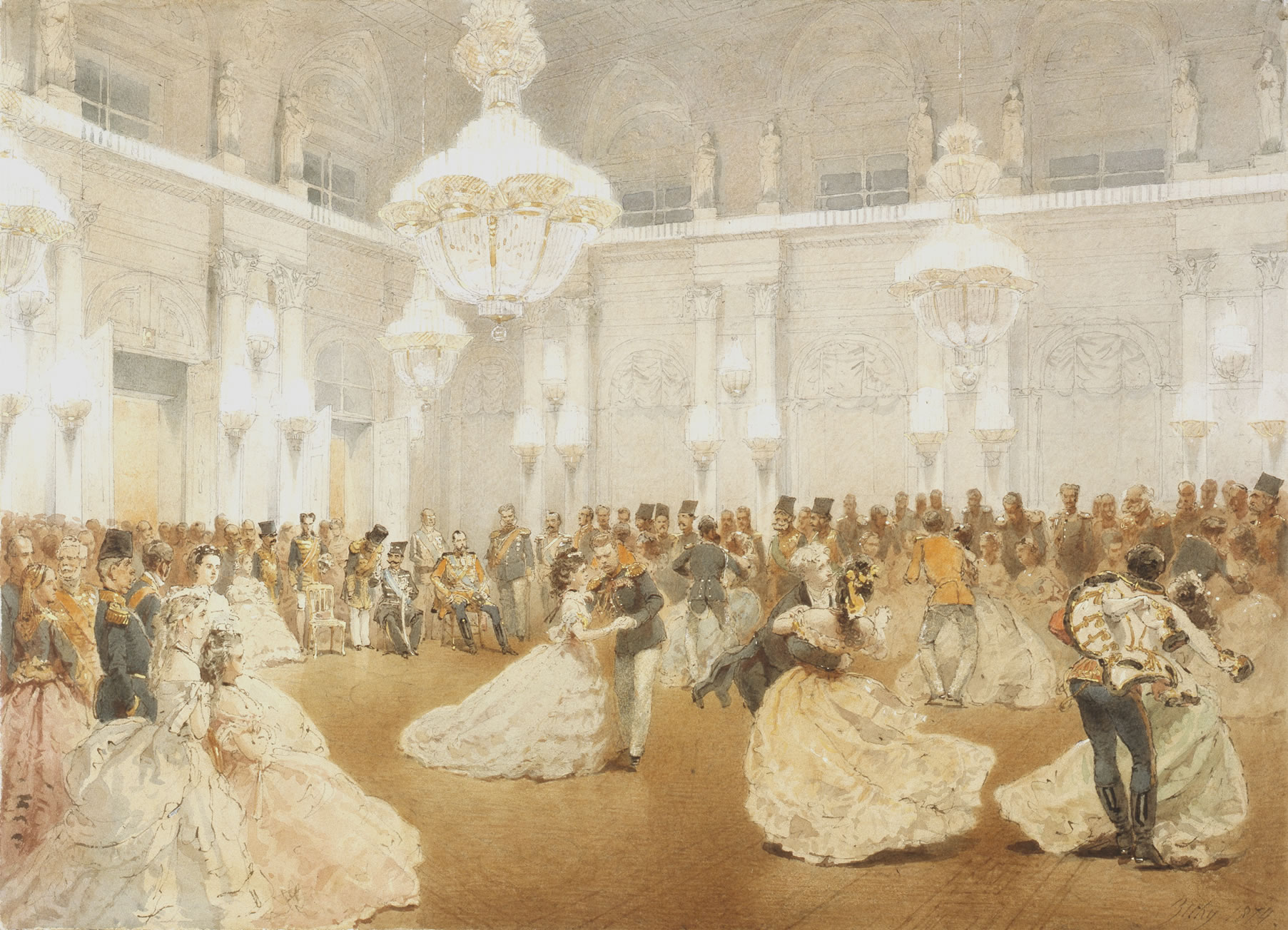‘Every Russian, great or small, is before his tsar neither more or less than nothing’, one informed German commentator wrote in 1855; ‘for the tsar’s will is the Russian’s law.’ ‘To Kill A Tsar’ is a story set in an empire of 100 million people where everyone is expected to know their place.
At the bottom of the pile in 1880 were the peasants – many of them only recently released from the bondage of serfdom – at the top, the Emperor Alexander II himself. Those in military or civil service were ranked on a table from one to fourteen according to the value of their service to the tsar. From the Winter Palace in St Petersburg, ‘the Autocrat of All the Russias’ ruled an empire that covered almost a sixth of the earth’s landmass with more than a hundred different ethnic and linguistic groups – including the Kingdom of Poland, the Grand Duchy of Finland, the Baltic Provinces and the Ukraine – and he ruled it much as Tsar Peter the Great had done a hundred and fifty years before.

Farewell to Europe. Some of the tsar’s Polish subjects, heads half shaven as was customary for convicts, are sent into Siberian exile.
But Imperial Russia was changing very rapidly, with a population explosion, a drift from the countryside to the new factories in the cities, and a growth of an educated class impatient for reform. The ideas of Karl Marx and the Russian anarchists were widely discussed in student circles and among the liberal aristocracy. By the middle of the 1870’s there was a new popular cry: ‘to the people’. Thousands of young men and women from ‘the best families’ began to take up posts in the provinces as teachers, midwives, cobblers, clerks, to serve and educate the ‘masses’. A medical student from a well to do family, Vera Figner gave up her studies to join this movement: ‘It was necessary to prove that the tsar was not the champion of the common people’, she wrote of this time; ‘but I confess, I felt lonely, weak, helpless in this peasant sea. Moreover, I had no idea how to approach a common person.’
The tsar’s clumsy attempts to suppress the ‘to the people’ movement by arresting those deemed ‘politically untrustworthy’ only served to foment further discontent in his empire. Imprisonment and exile discouraged some but strengthened the convictions of many, and the ever present risk of a police raid taught student circles their first lesson in conspiracy. The comradeship, the secrecy, the danger, did nothing to deter young men and women from joining political groups, rather the opposite.
Life at the imperial court in St Petersburg appeared as glittering and ordered as it had always been in the winter of 1879 and yet on the streets of the capital the correspondent of ‘The Times’ noted a new militancy, a ‘bitterness’ in student opposition to the tsar’s ‘police régime’. In the countryside near Vyazmino, Vera Figner received a visit from a friend, a teacher called Alexander Soloviev, who wished to share with her his plan to ‘purify the atmosphere’.
A few months later this same Alexander Soloviev approached Tsar Alexander II as he was returning to the Winter Palace after his morning walk. He fired five shots at the tsar but missed and was wrestled to the ground by the police. They were the first shots in the campaign of terror that would grip Russia for the next two years.

